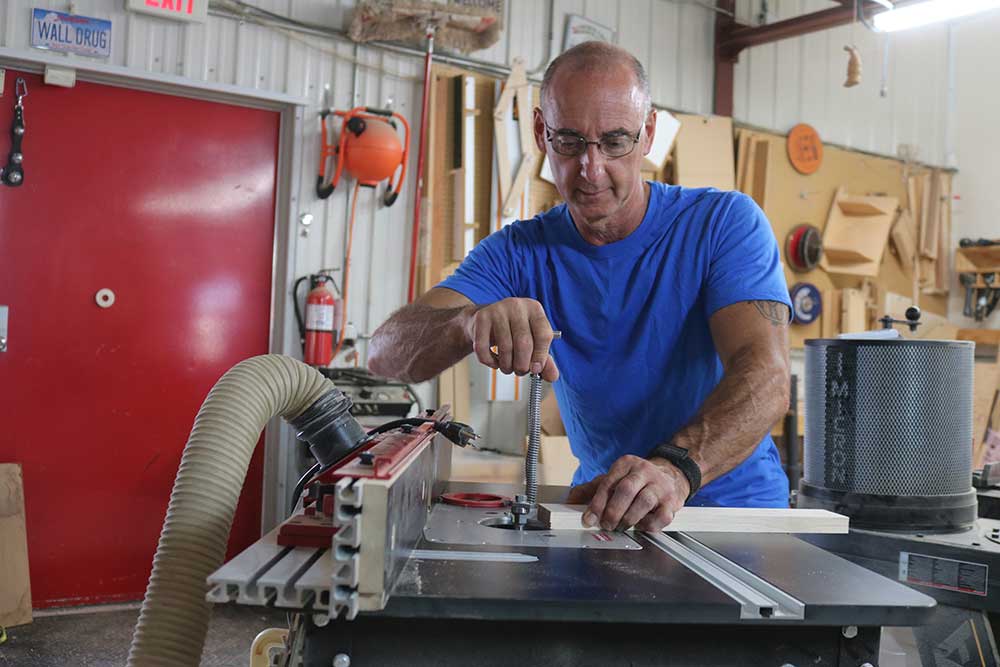
8 Must-Have MatchFit Jigs
George Vondriska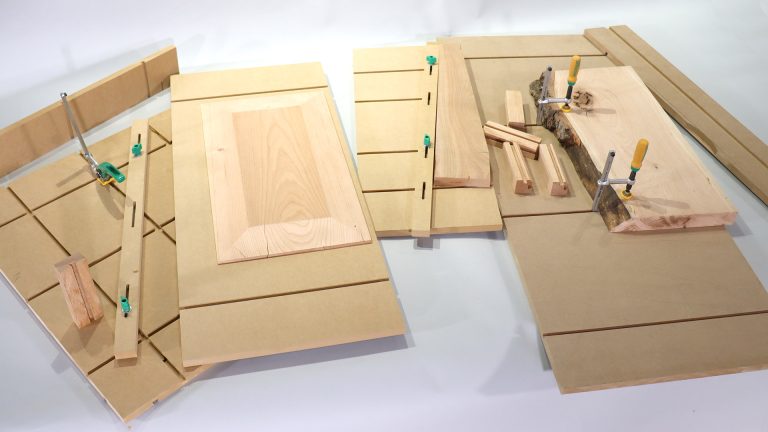
- In-depth Instruction; over 56 mins
- On-demand video access anytime
- Bonus downloadable PDF resources
- Access to class Q&A
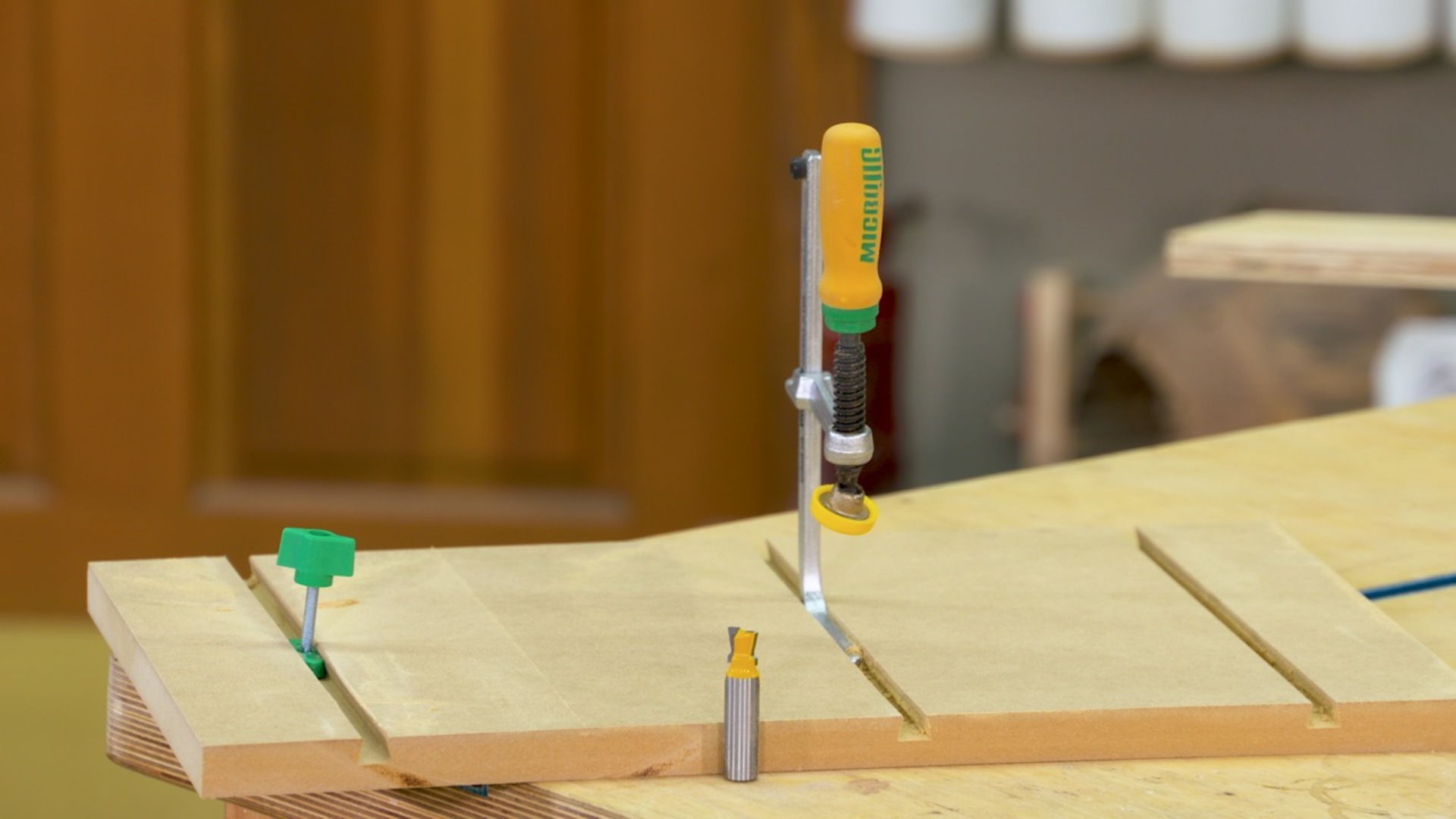
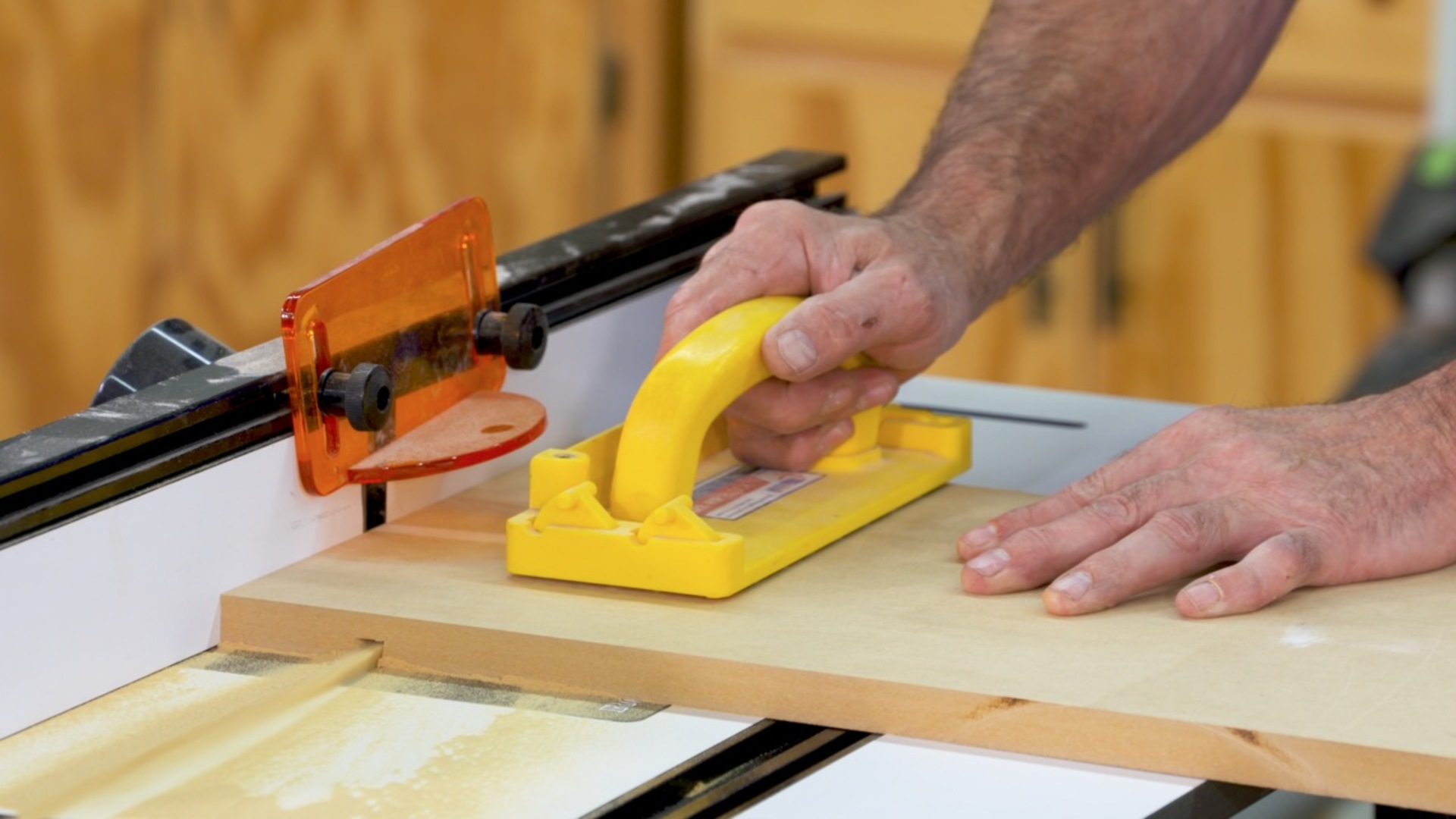
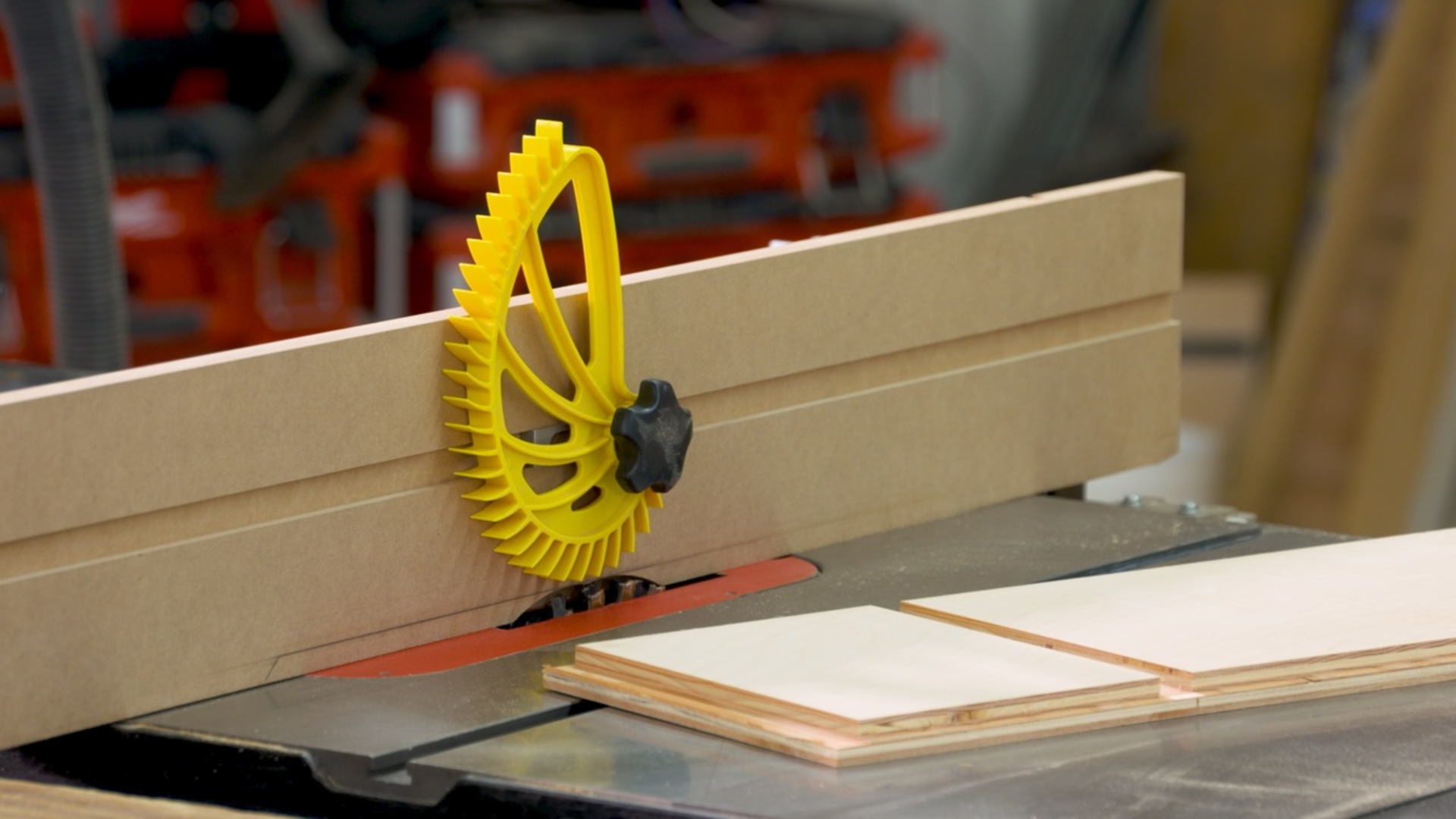
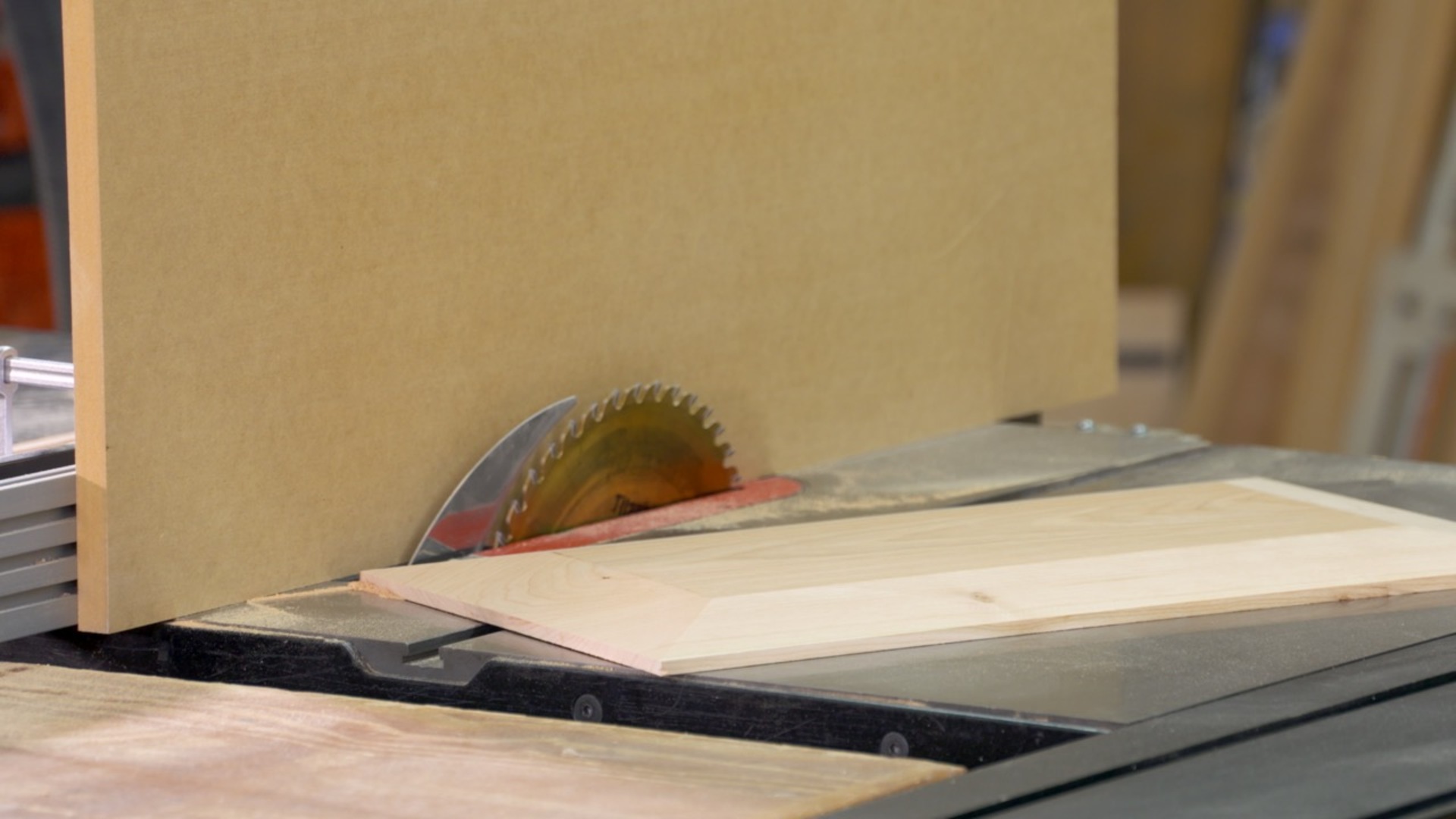
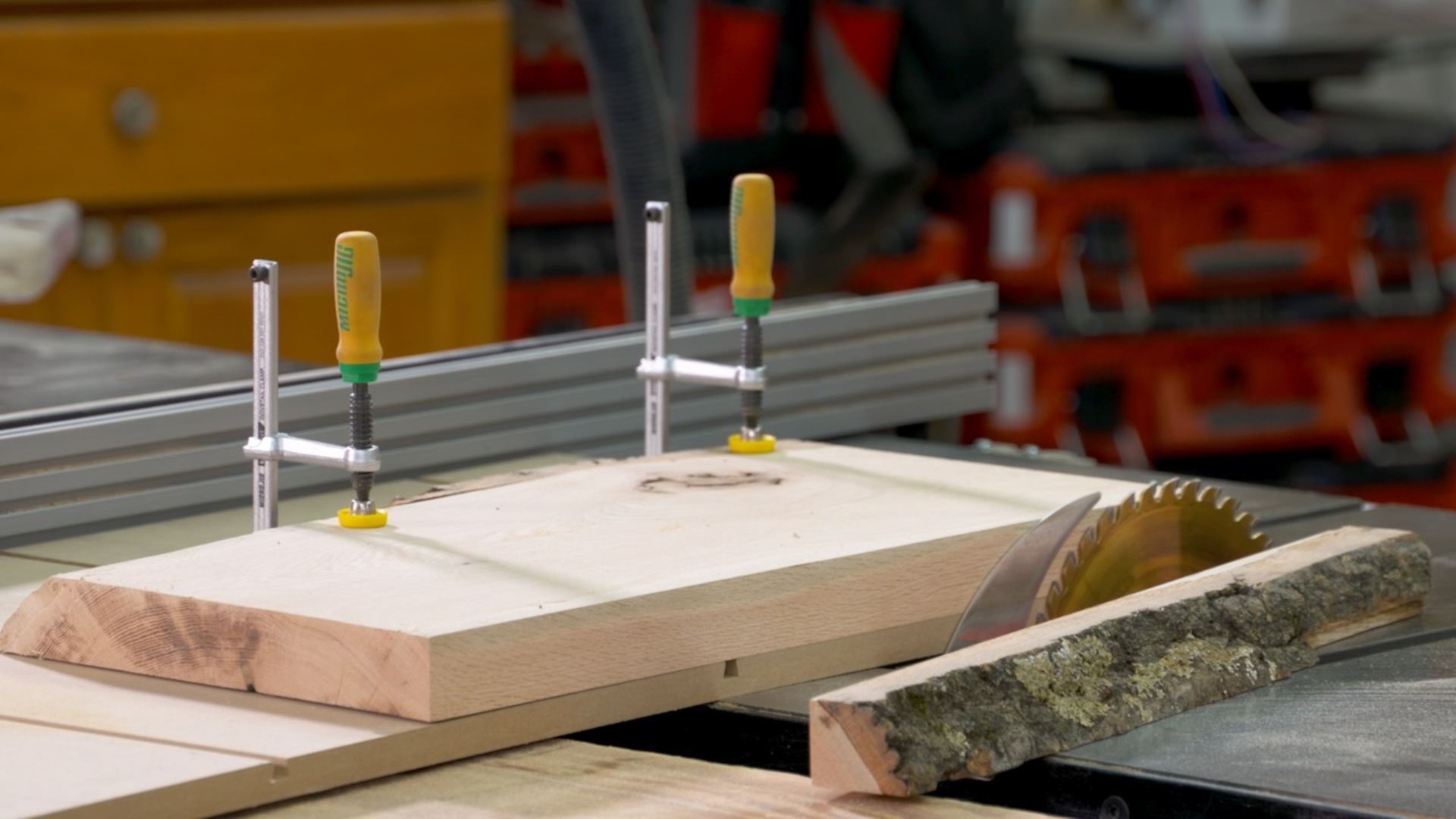
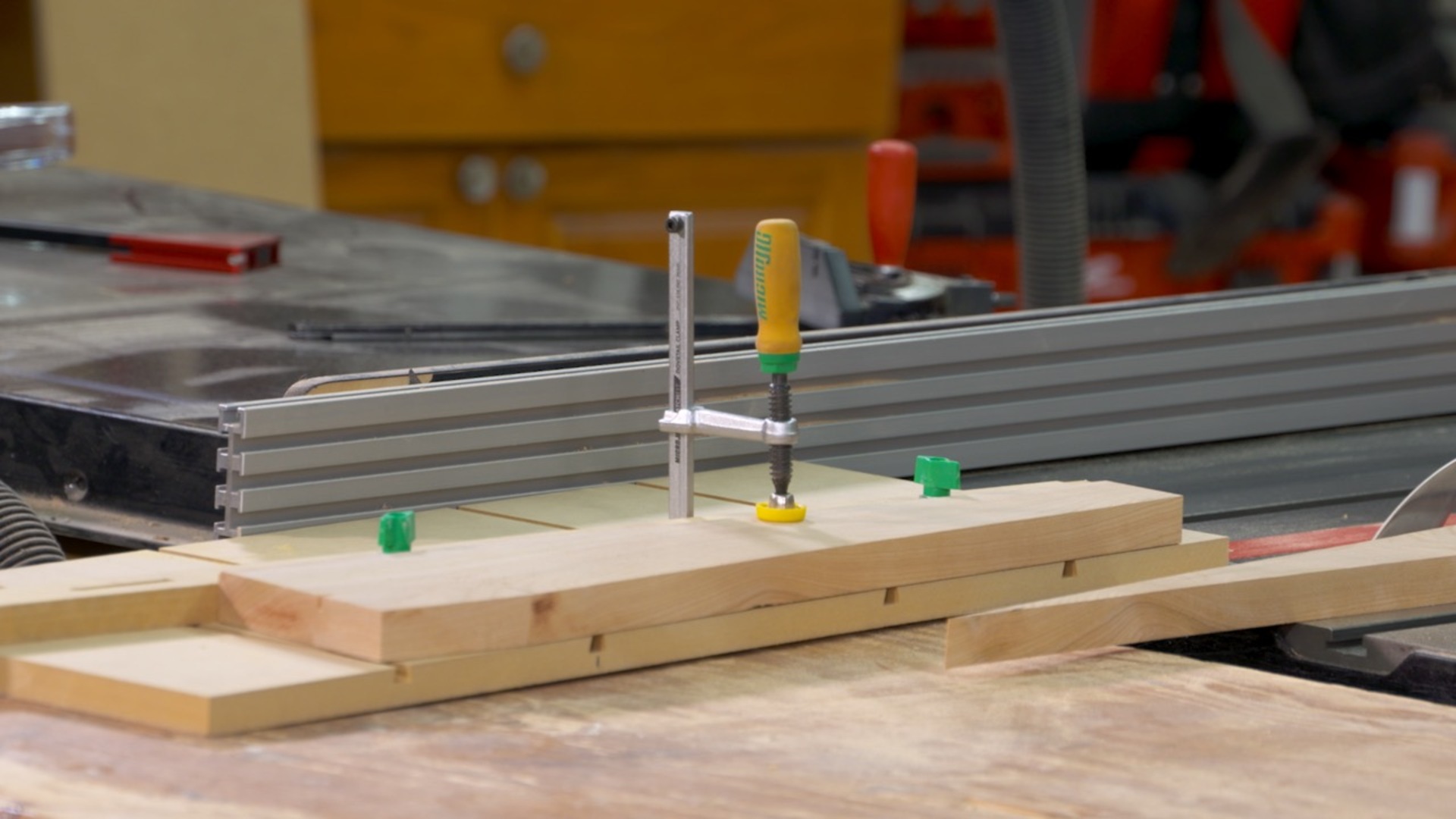
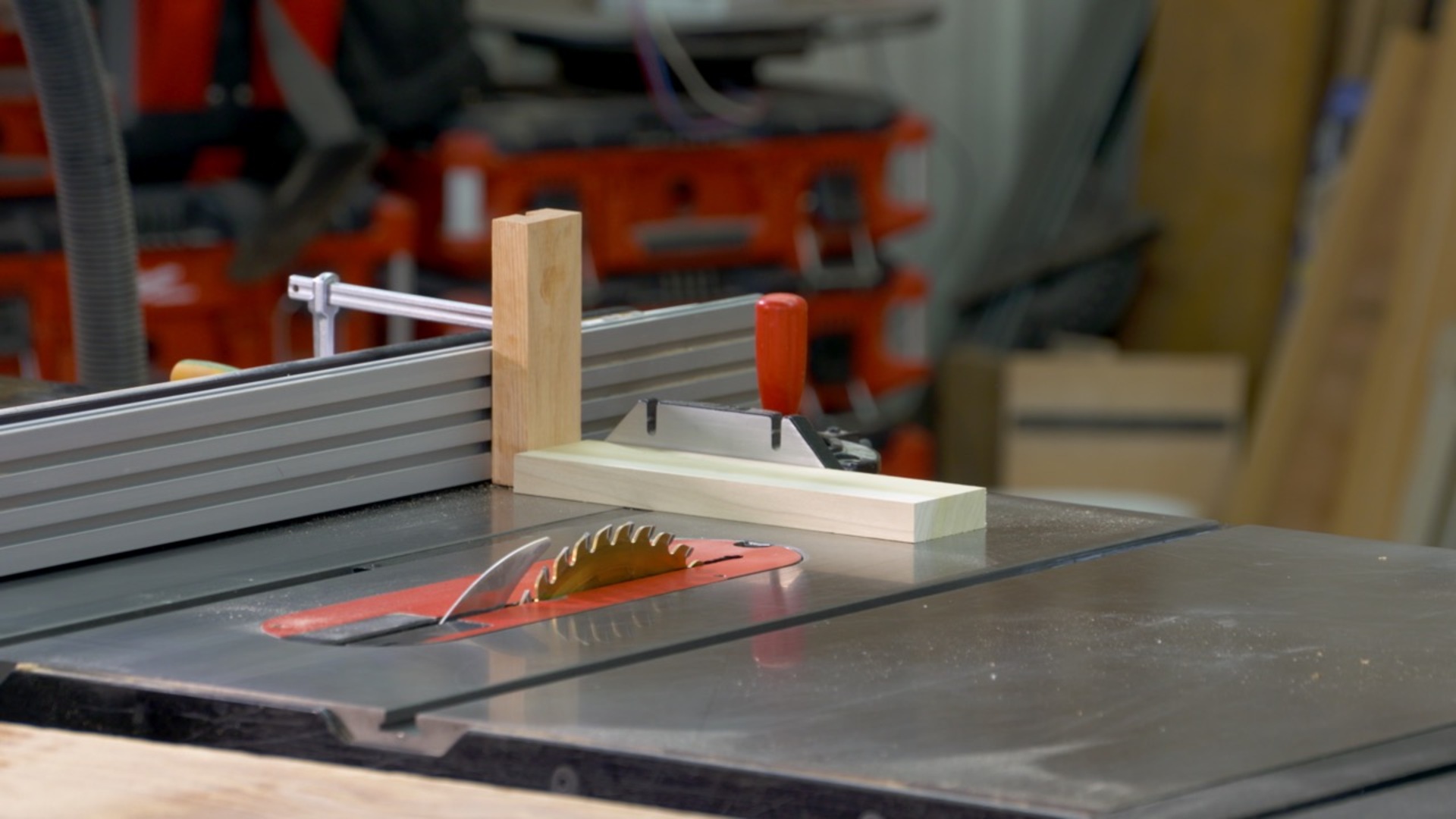
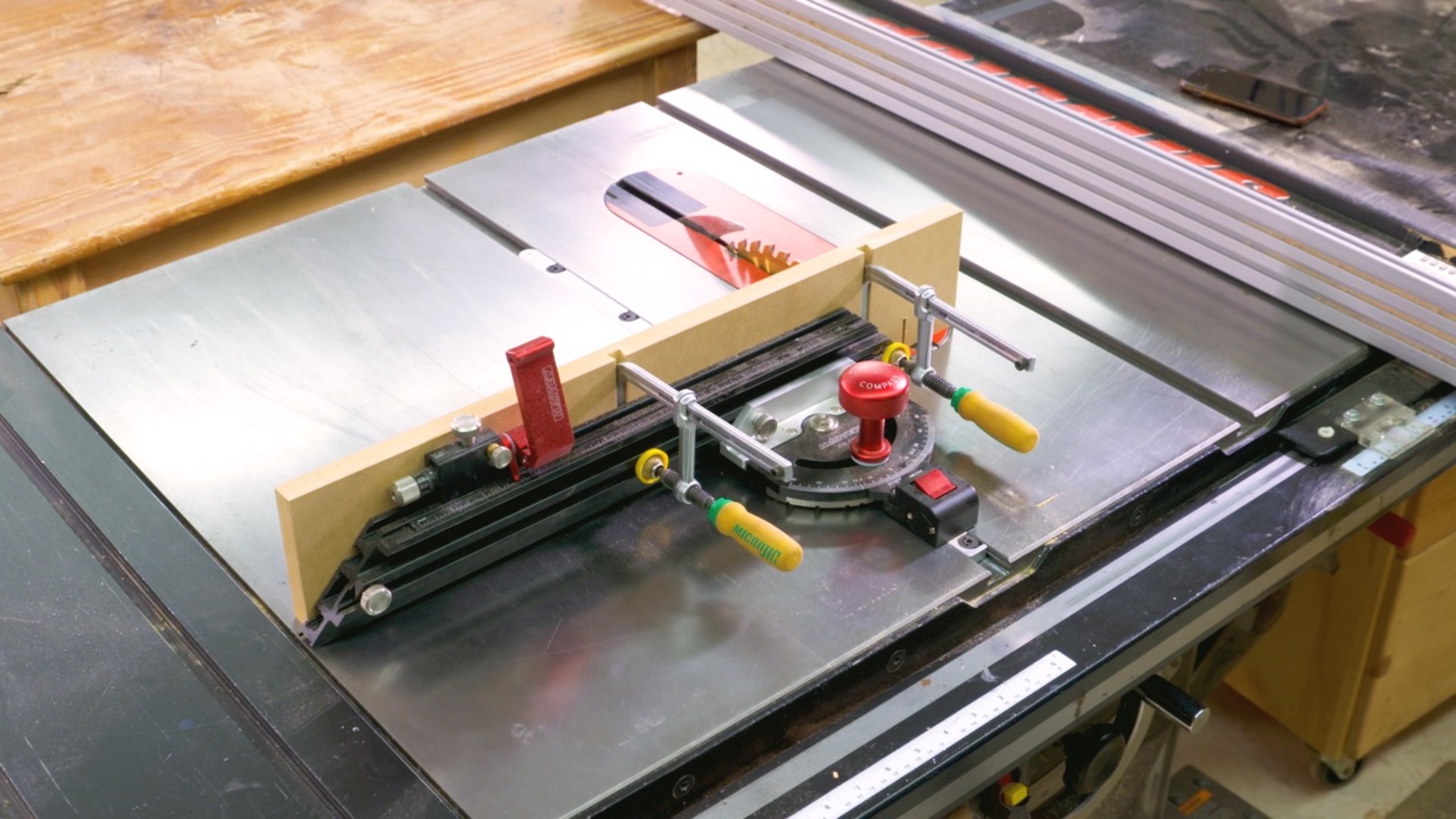
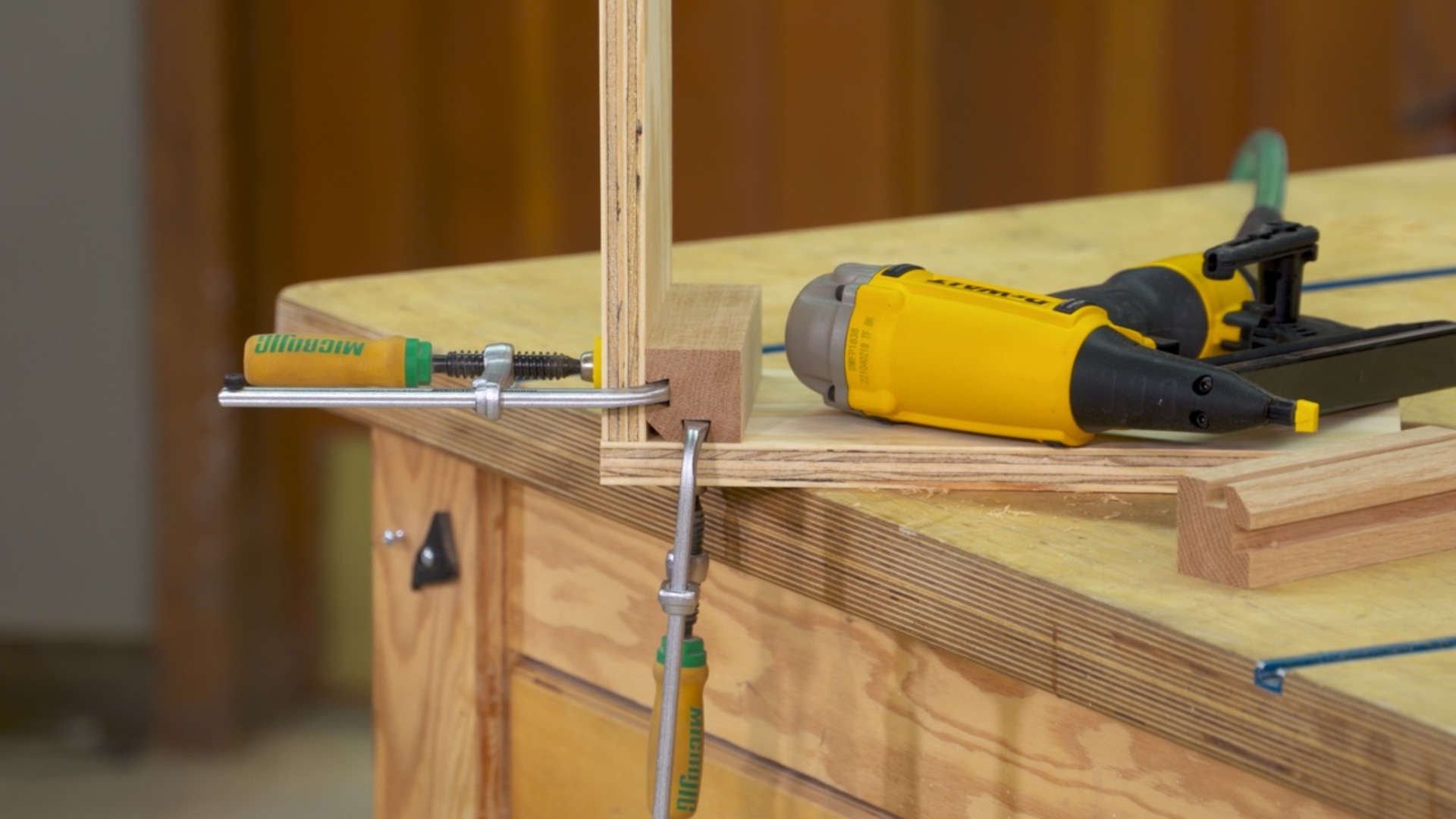
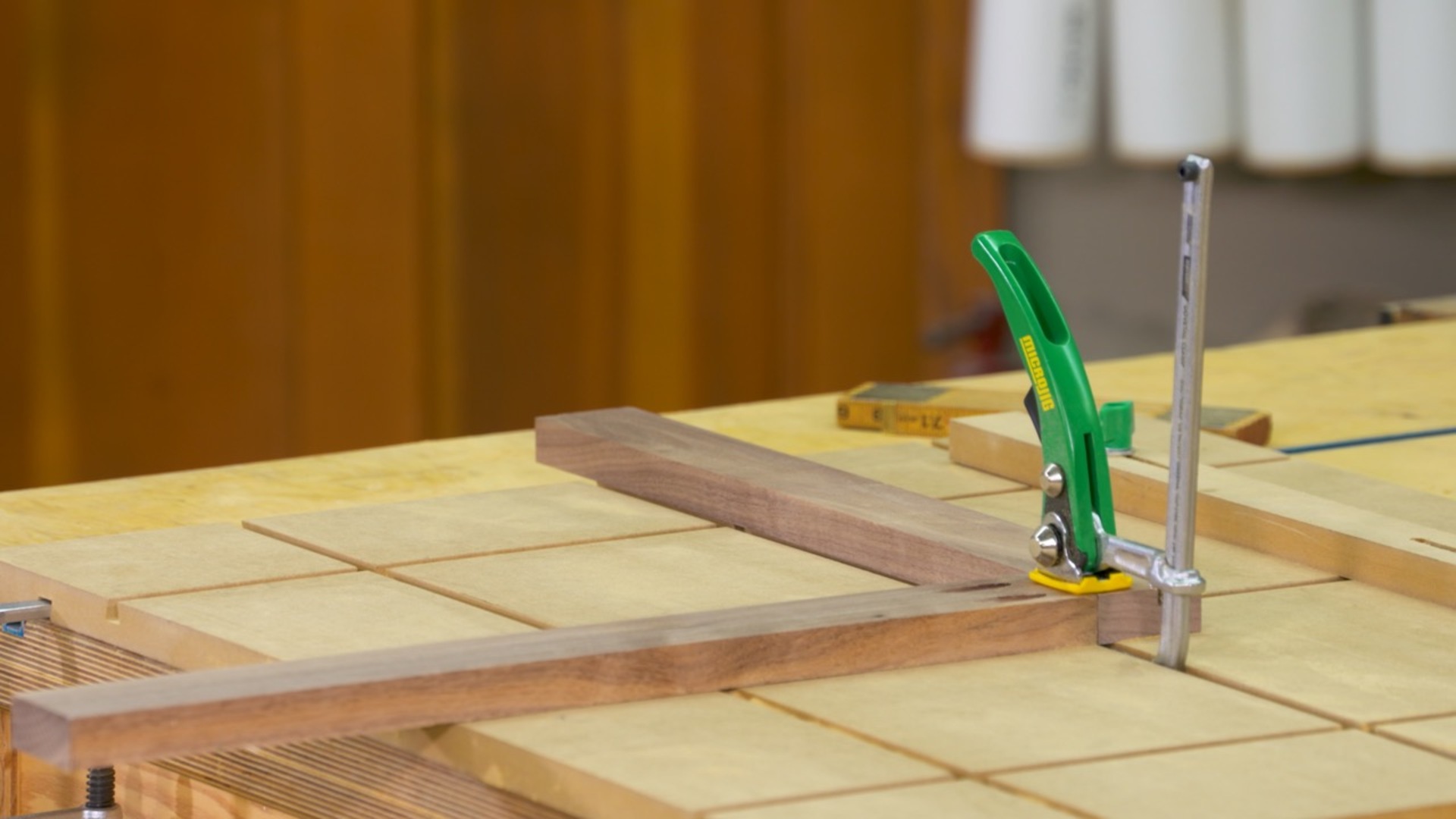
Jigs can make your woodworking easier, and safer, to do. This class takes advantage of MicroJig’s MatchFit clamps. They’re extremely versatile and provide a great way to secure your work and secure your jigs.
You’ll learn how to make eight jigs for your woodworking shop using a variety of methods to cut the dovetail slot required by MatchFit clamps. Once the jig is built, you’ll learn how to use it.
These jigs are a great addition to any woodworking shop.
George Vondriska
Formally trained in technology education, George Vondriska has been teaching woodworking since 1986. He has been the managing editor of Woodworkers Guild of America since 2007. In addition to classes at his own Vondriska Woodworks School, George teaches at woodworking shows across the country and has taught woodworking for the Peace Corps, Andersen Window, Northwest Airlines and the Pentagon.

Bonus materials available after purchase
